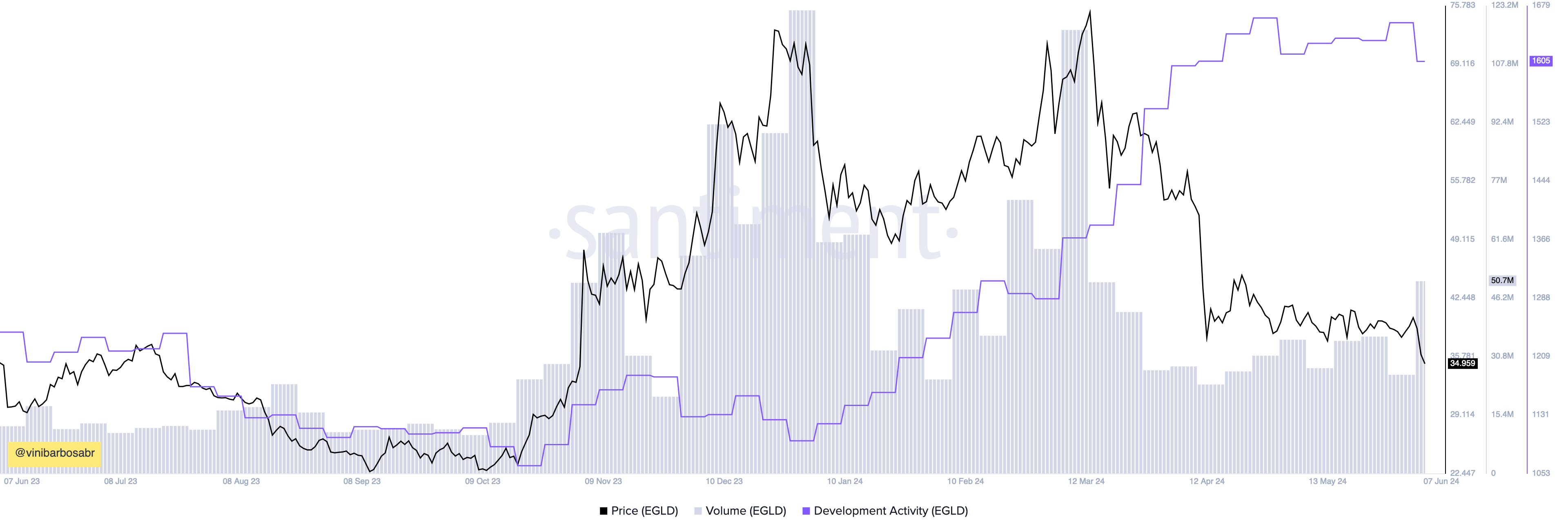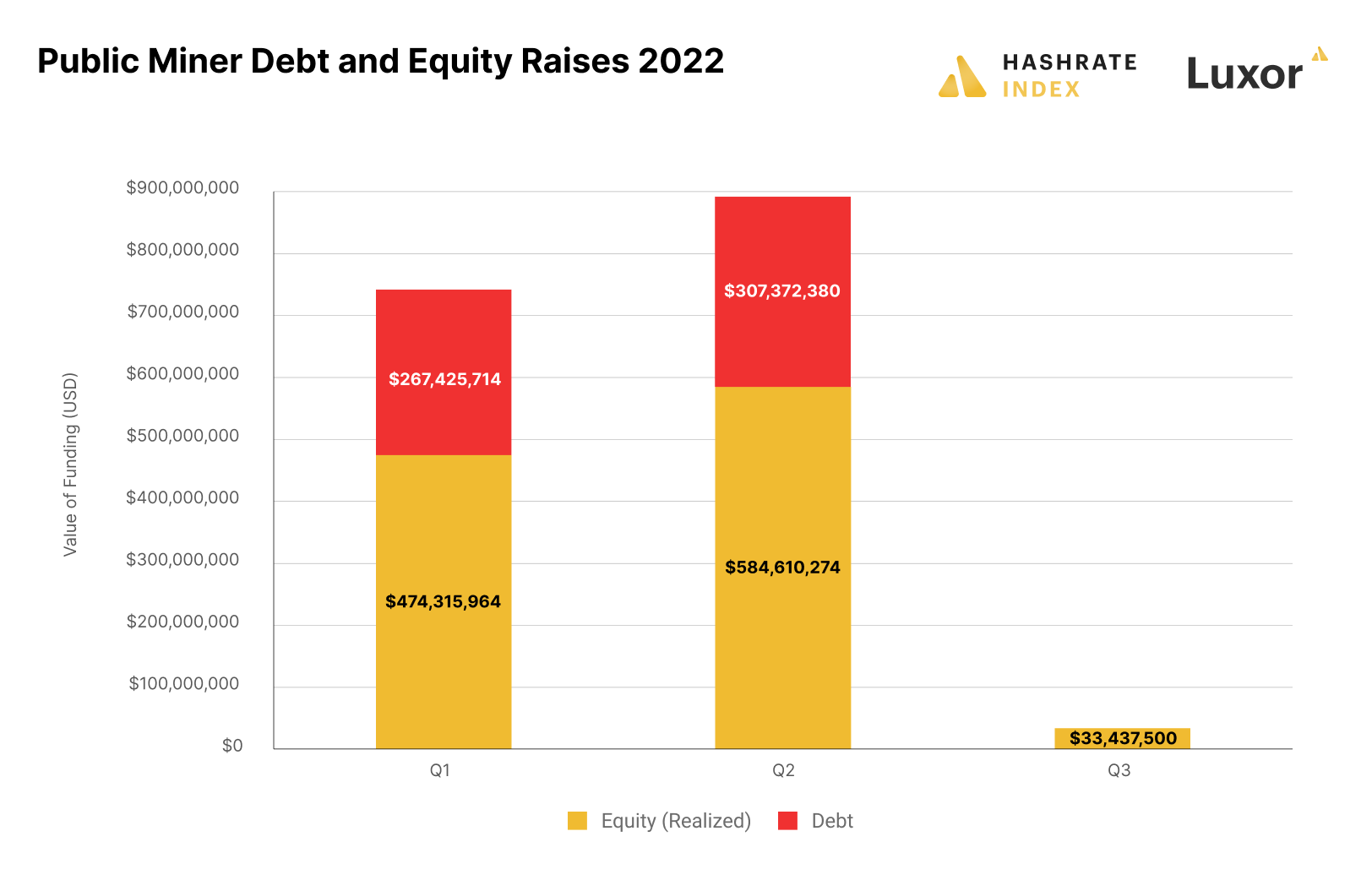Strap in folks, because India and Russia are upping the ante in the global digital chess game. They’re not just playing around; they’re strategizing to carve out their very own niche in the digital economy. This isn’t just another diplomatic handshake; it’s a power move in the tech world.
Digital Power Play
Let’s cut to the chase: India and Russia are joining forces in a major way. We’re talking about a partnership that’s set to redefine not just their economies, but the digital landscape at large. This isn’t about following trends; it’s about setting them. They’re pushing beyond the traditional, eyeing a future where they lead the digital race.
This move is a strategic ace up their sleeves in the BRICS alliance. Remember the buzz about a BRICS-native blockchain currency? Well, this partnership is likely to be the fuel that propels that idea into reality. India and Russia aren’t just participants in this; they’re aiming to be the frontrunners.
2023 was all about BRICS expansion, but 2024? It’s shaping up to be the year these plans start turning into something tangible. The speculated BRICS currency isn’t just a whisper in the wind anymore. With India and Russia at the helm, this digital currency concept is getting some serious legs.
At the Smart Cities India Expo, the message was loud and clear: we’re not just building cities; we’re crafting the future. This isn’t about slapping some tech onto old infrastructure. We’re talking about a complete overhaul, creating urban spaces that are smarter, safer, and more efficient.
More Than Just Digital Dreams
The digital economy is just one piece of the puzzle. These two are playing a multi-level game. Take the BRICS Pay system, for instance. It’s not just another payment platform; it’s a direct challenge to the Western SWIFT system. This is about breaking free from traditional financial chains and carving out their own path.
Beyond the digital dreams and energy ties, let’s not overlook the broader economic canvas. This India-Russia alliance is navigating through a complex web of international sanctions and geopolitical tensions. It’s like playing a high-stakes poker game, where every move is scrutinized. They’re diversifying their economic relations, not just sticking to the energy sector. India’s looking to broaden its export basket, eyeing sectors like pharmaceuticals, IT, and agriculture, while Russia seeks to leverage India’s burgeoning market for its own technological and industrial advancements.
This economic tango isn’t just about immediate gains; it’s a long-term play aiming for sustainable growth and mutual benefit. It’s a delicate balance, with India cautiously advancing its interests while maintaining its strategic autonomy, especially in light of its relationships with key Western nations. This aspect of their partnership could redefine the traditional notions of economic alliances, offering a blueprint for future international collaborations amidst a rapidly shifting global order.
But let’s not get lost in the clouds of digital dreams. The real litmus test is in the gritty details. The energy partnership between India and Russia isn’t just convenient; it’s crucial. We’re talking about a partnership that’s redefining trade dynamics, evidenced by the jaw-dropping trade figures. Yet, it’s not a smooth sail. The complexity of balancing trade, especially in non-oil sectors, is like playing 3D chess on a global scale.
This partnership is as much about strategy as it is about technology. India’s juggling act with Western ties and Russia’s global stance isn’t just a diplomatic dance; it’s a masterclass in geopolitical balancing. They’re not picking sides; they’re strategically positioning themselves on the global stage





